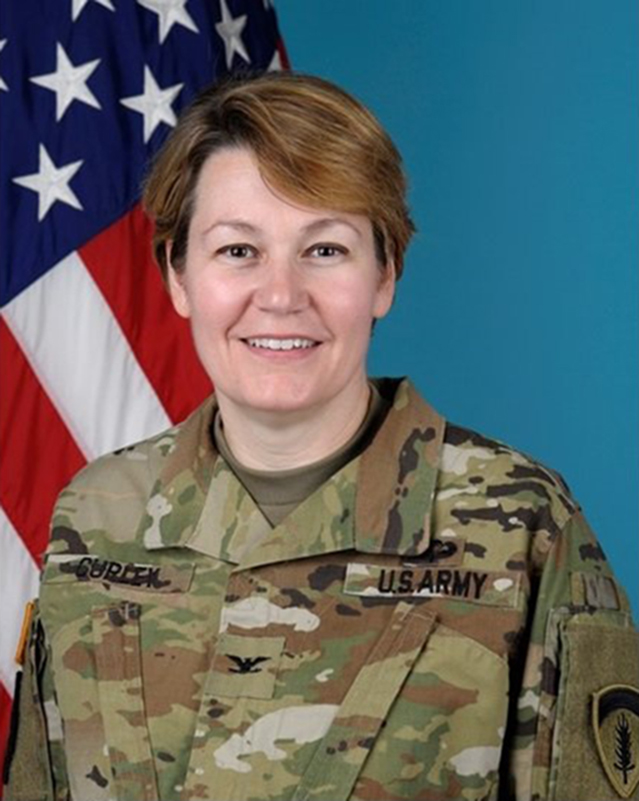This week, we learned that “precedent” doesn’t mean as much as we thought it did. But one part of the draft opinion overturning Roe v. Wade is unprecedented — a leak investigation at the Supreme Court.
The most important aspect of the leaked opinion is certainly the magnitude of the ruling itself. The draft majority decision would end almost 50 years of abortion rights in America, returning all power to the states to decide when, and even whether, a pregnancy may be terminated.
The most important aspect of the leaked opinion is certainly the magnitude of the ruling itself.
But the leak itself is not unimportant. Leaks tend to undermine the integrity of government institutions. At the Supreme Court, early drafts of decisions are circulated and then new language proposed, sometimes resulting in justices changing their votes to side with a concurring or even dissenting opinion, occasionally flipping the outcome. During oral argument, Chief Justice John G. Roberts, Jr., had suggested a compromise position allowing states to restrict abortions, but only after 15 weeks. With the leaked draft in the public domain, it becomes more difficult for justices to change their votes to join his opinion, lest they appear to be succumbing to public pressure rather than relying on legal principles.
After the leak was reported, Chief Justice Roberts issued a stern statement acknowledging the authenticity of the draft, and blasting the leak as a “betrayal of the confidences of the court” that appeared to be “intended to undermine the integrity of our operations.” He said he had directed the marshal of the Supreme Court to investigate the leak.
Most Americans are likely unfamiliar with the marshal of the Supreme Court. This is not the U.S. Marshals Service, an agency of the Department of Justice that apprehends fugitives and provides security for federal courthouses across the country. This marshal is a judicial branch employee, known mostly for being the person who announces, “Oyez, Oyez, Oyez” when the justices take the bench for oral argument. The marshal oversees the Supreme Court police, which has powers of arrest and is responsible for security of the court and its personnel. It is an important job, but one that rarely involves proactive investigations like this one.

Col. Gail Curley took over as marshal of the Supreme Court less than a year ago. She is a former Army colonel, and a graduate of West Point and the University of Illinois Law School. She has spent most of her career as an Army lawyer, serving most recently as the chief of the National Security Law Division in the Office of the Judge Advocate General. Her resume is impressive, but it is unclear whether she has any experience conducting investigations. She will have to determine for herself the best way to go about the incredibly high-profile work in the brightest of spotlights.
Former Attorney General William Barr has argued that the investigation should be criminal in nature, requiring the use of a grand jury to compel testimony. That suggestion has some appeal, but also raises some concerns. First, it is not clear that the leak constitutes a federal offense. A draft court opinion is not subject to the Espionage Act, which is the statute typically used to prosecute leaks of classified information. Classified information must be designated as such by a classifying authority, is limited to certain categories of national defense information and includes only that information, the disclosure of which would damage the national security of the United States. A draft court opinion does not meet that definition.
Barr argued that a criminal investigation would focus not on the nature of the document, but on the motive of the leaker. His theory is that the leaker was attempting to intimidate or interfere with the court’s operations, in violation of federal law prohibiting obstruction of an official proceeding.
Perhaps. And even if that theory did not ultimately pan out, it is a sufficient basis to open a criminal investigation, which simply requires a factual basis to believe that a crime may have been committed.

A larger issue would be separation of powers concerns. Tasking an executive branch official from the Department of Justice with investigating a leak occurring at the Supreme Court gets murky quickly. Consider the access to the court that DOJ would need to conduct the probe. A DOJ investigation would open all computer files to federal agents to determine which employees may have printed the document. DOJ would need to review all keycard access data and security camera recordings to determine the comings and goings of personnel or unauthorized personnel.
DOJ lawyers would also want to question justices, law clerks and other court staff under penalty of perjury. Agents would want to inspect the residence of any employee who has been working from home during the Covid pandemic. That kind of scrutiny by a separate branch of government is likely an intolerable intrusion into the close-knit, secretive operations of the court, which at any time has in its files memos and draft opinions about pending cases involving the Justice Department as a party.
Even more concerning would be what would happen if a criminal suspect were identified in a DOJ investigation. What if the suspect were a justice? Would they be referred to Congress for impeachment? Or would they be charged with a crime? If they were convicted at trial and appealed, would the Supreme Court ultimately hear the appeal? Would the defendant justice be required to recuse themselves?
One advantage DOJ would have over the marshal to investigate the leak is subpoena power, as Barr noted. DOJ could use a grand jury subpoena to compel court employees to testify under penalty of perjury or contempt. But would DOJ really subpoena a Supreme Court justice? And if the justices refused to comply, would they go to court to contest the subpoenas? Again, who would hear the ultimate appeal?












